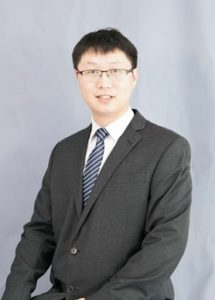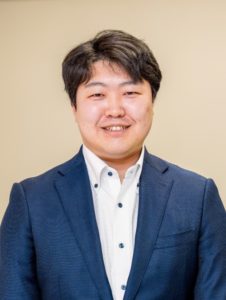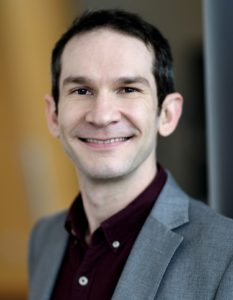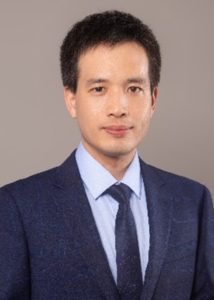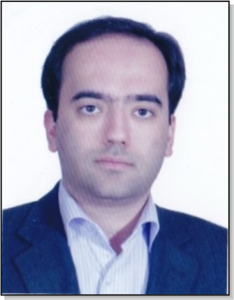 |
Hossein Roghani-Mamaqani received his BSc and MSc degrees in polymer engineering at Amirkabir University of Technology (AUT). He was awarded the outstanding MSc researcher prize by AUT in 2009. He completed his PhD course in 2013 at AUT and has been honored as a highly intelligent student in his MSc and PhD courses by AUT talented student association. He was selected as recognized PhD student by National Elite Foundation in 2011-2013 and also Iran’s recognized PhD student by ministry of science in 2013. He worked in Petrochemical Research and Technology Company as a researcher from 2007 to 2009. He also worked as a researcher in Research Institute of Petroleum Industry from 2009 to 2013. He joined Sahand University of Technology (SUT) as an assistant professor in 2013. He was nominated as the recognized young assistant professor by National Elite Foundation in 2013. He was selected as the recognized researcher at Polymer Engineering Department of SUT in 2015, 2018, and 2021 and also as the recognized researcher at SUT in 2019-2021. He was selected as the recognized researcher at East Azarbaijan province in 2020 and recognized Elite Scientist by Iran Science Elites Federation in 2021. He was also selected as the outstanding young researcher in chemical engineering by Iran Academy of Sciences in 2022. Currently, he is a professor of polymer engineering at SUT. His research interest is in the area of polymer chemistry, controlled radical polymerization, surface modification reactions, polymer colloids, hydrogels, optical sensors, and also smart polymers. |
Read Hossein’s Emerging Investigator review article,‘Water treatment using stimuli-responsive polymers’
Check out our interview with Hossein below:
1. How do you feel about Polymer Chemistry as a place to publish research on this topic?
Polymer Chemistry is one of the leading journals in the field of polymer design, synthesis, and applications. Professional editorial board, timely reviewing and publication, interesting scope with emphasis on the new polymerization methods, and publication of high-quality articles make this journal totally fitted to my interests. By taking my research field into consideration, Polymer Chemistry is a right place to publish new results in the synthesis and applications of colloidal polymers, living polymers with well-defined structures, and smart polymers.
2. What aspect of your work are you most excited about at the moment and what do you find most challenging about your research?
The structure and property relationship in polymers can be manipulated by the polymerization methods. My group is able to synthesize well-defined polymer structures, surface-grafted polymers, and colloidal polymers with tailored characteristics. For instance, in the design and synthesis of smart photo-responsive polymers, polymer structure can affect optical properties of the final products, which has applications in anticounterfeiting systems, sensors, smart coatings, smart membranes, etc. Photochromic and fluorescent polymers with the ability of color changing and light emission in response to different stimuli are among the most exciting smart polymers.
3. In your opinion, what are the most important questions to be asked/answered in this field of research?
How can we inspire from nature to design polymers with smart characteristics? For example, chameleons display a wide range of body color in response to variations of the environmental conditions. It has been a significant challenge to design and fabricate such systems, with the ability of reversible and fast color change. The other example is self-cleaning ability of the plant leaves, flowers, butterfly, etc. which is used in the preparation of self-cleaning coatings. It has been a significant challenge to design such systems, with the ability of complete cleaning of different impurities.
How can we use the smart characteristics of polymers in our daily life? Smart polymers can be used in lots of innovative applications, which are shape-memory, self-reporting, self-cleaning, and self-healing polymers, smart coatings, smart windows, spoilage indicators of food materials, anticounterfeiting systems, sensors and indicators, etc. which have been investigated in our recent studies.


